Tapas at Plaza Santa Ana
Chock-a-block with cafes and restaurants, this square is the place for a table under a sunshade below thick green trees. Tapas, beers and coffees garnish every table, the sound of laughter and loud conversation floats from every direction and the aroma of happiness creates a subtle headiness. Complimentary pintxos (skewered appetisers typical of the Basque region)…pickled manazilla green olives and cornichons (gherkins) are addictive but for a real deal, one can try roasted peppers and grilled shrimp. Street signs in decorative hand-painted azulejo tiles flaunt descriptive pictures…animals like eagles and bulls, important historical figures like mayors, or ordinary people like cobblers, religious characters, nuns, monuments, floral motifs, shrines, rural scenes, even sailing ships. Every commonplace sight adds to the intrigue…old-world charms at a ceramic shop, old panelling at a cerveceria (brewery), shoppers choosing from a countless variety at jamon (ham) shops, delectable selections in a queso (cheese) bar, a server polishing the counter at a trendy vino (wine bar). The rich urban texture of broad avenues, medieval alleys, stately gardens, tiny taverns and wrought-iron balconies is enticing.
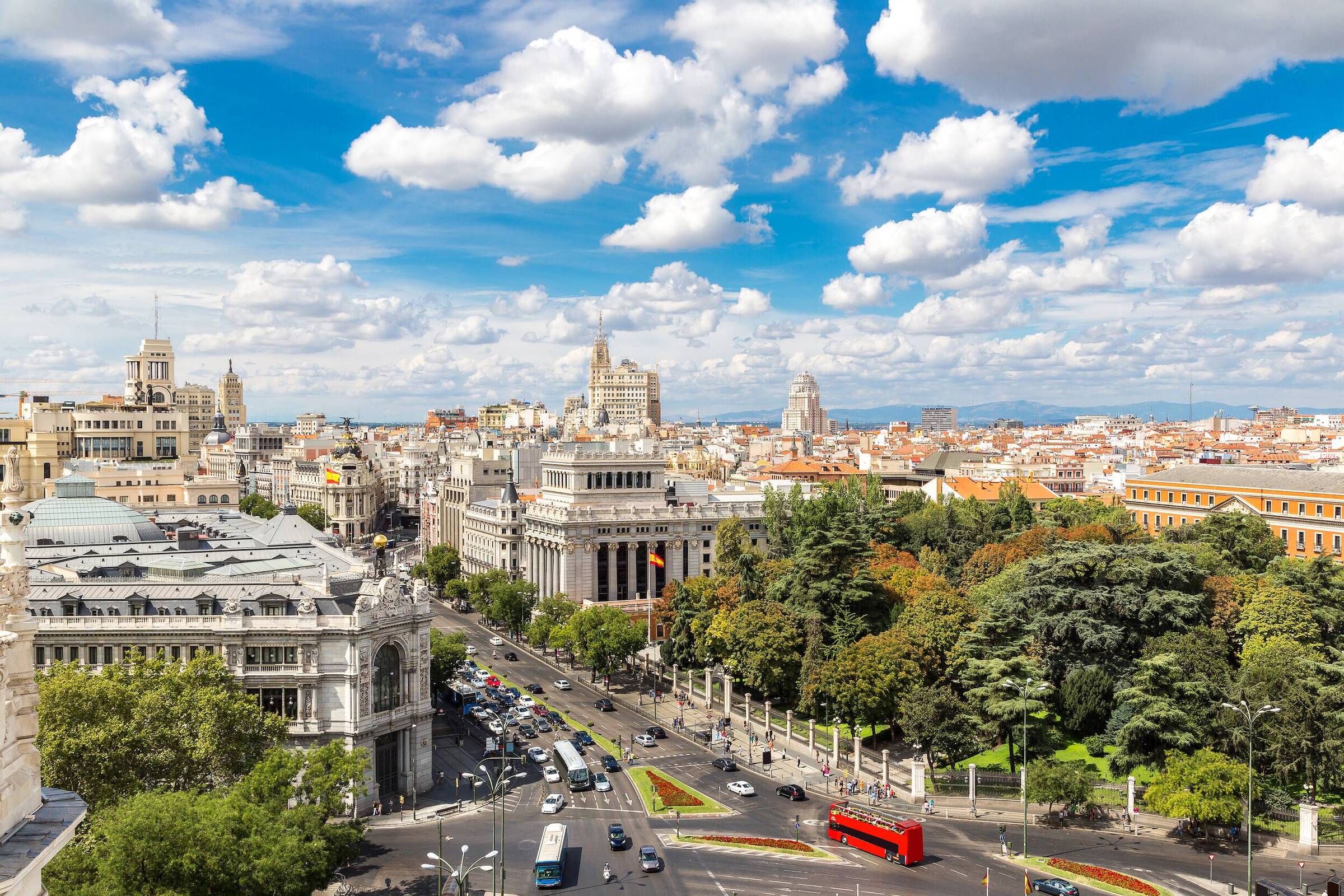
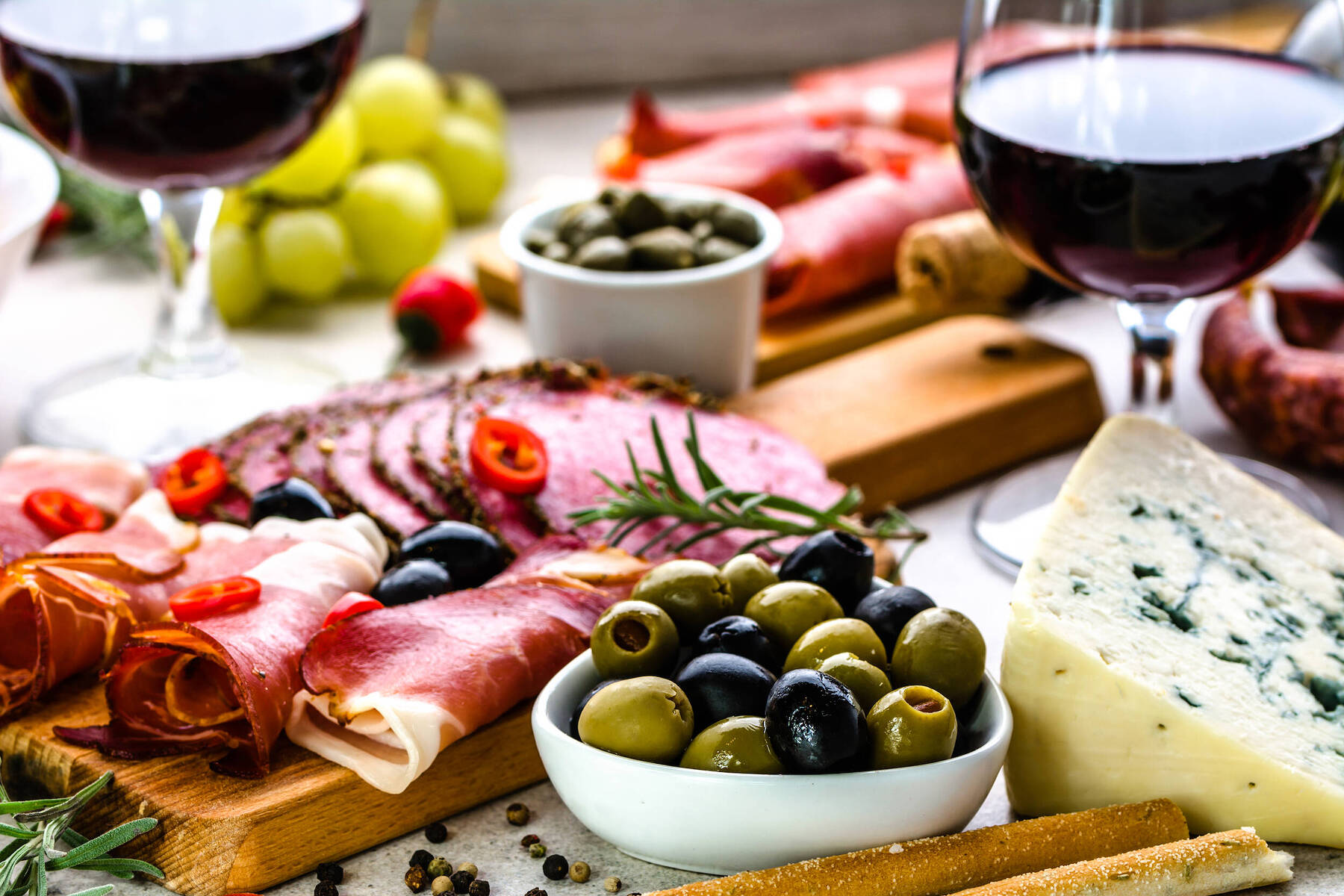
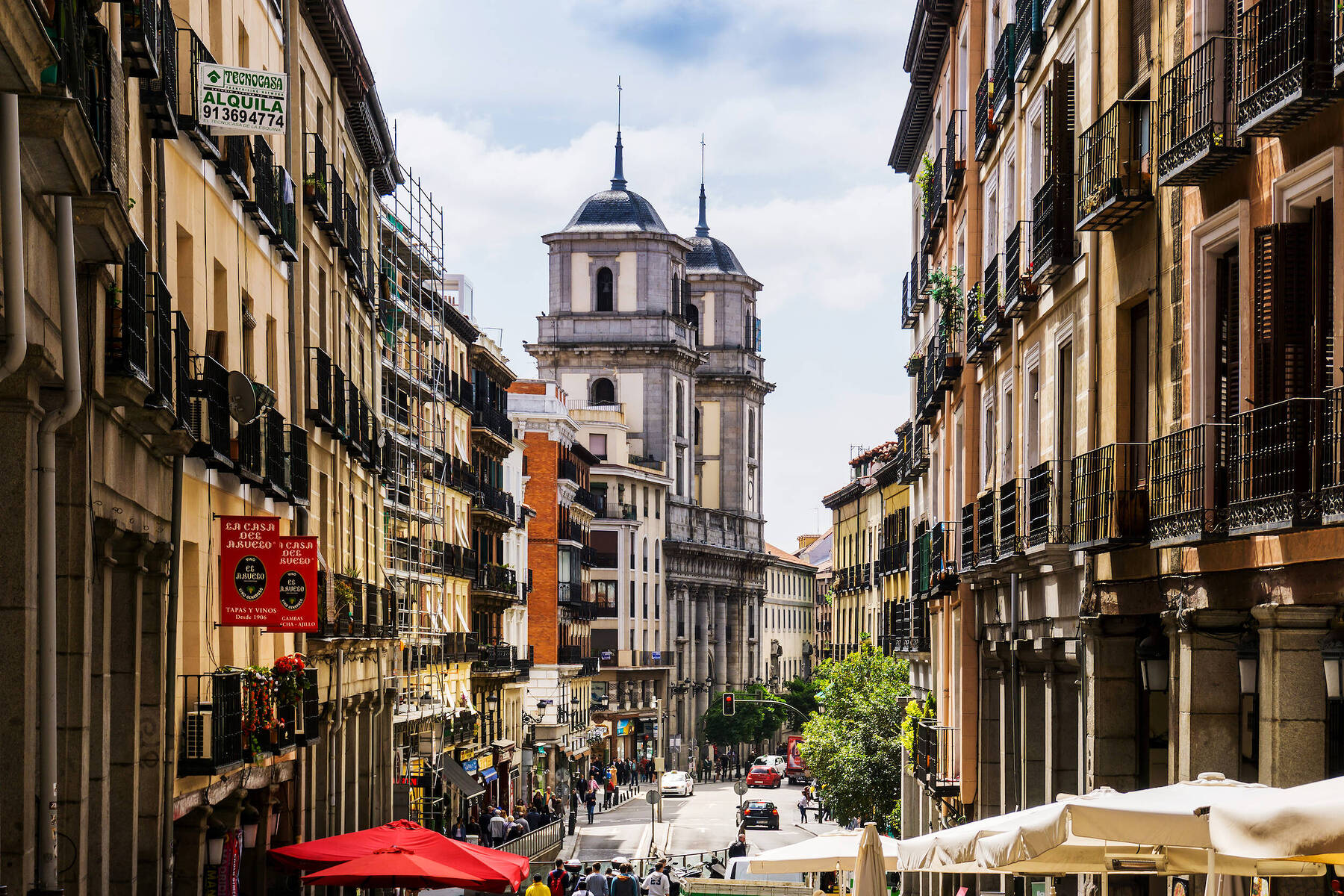
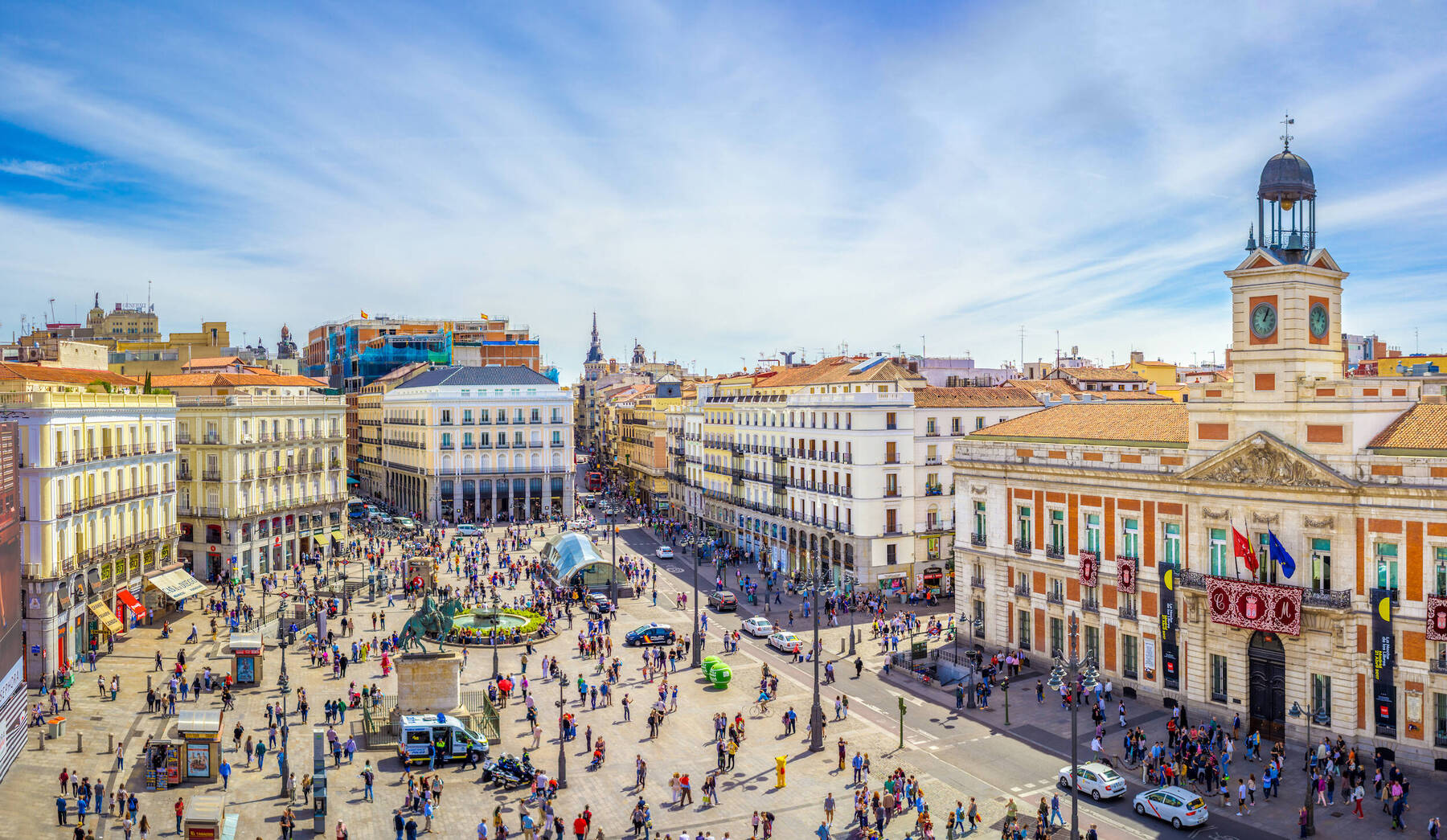

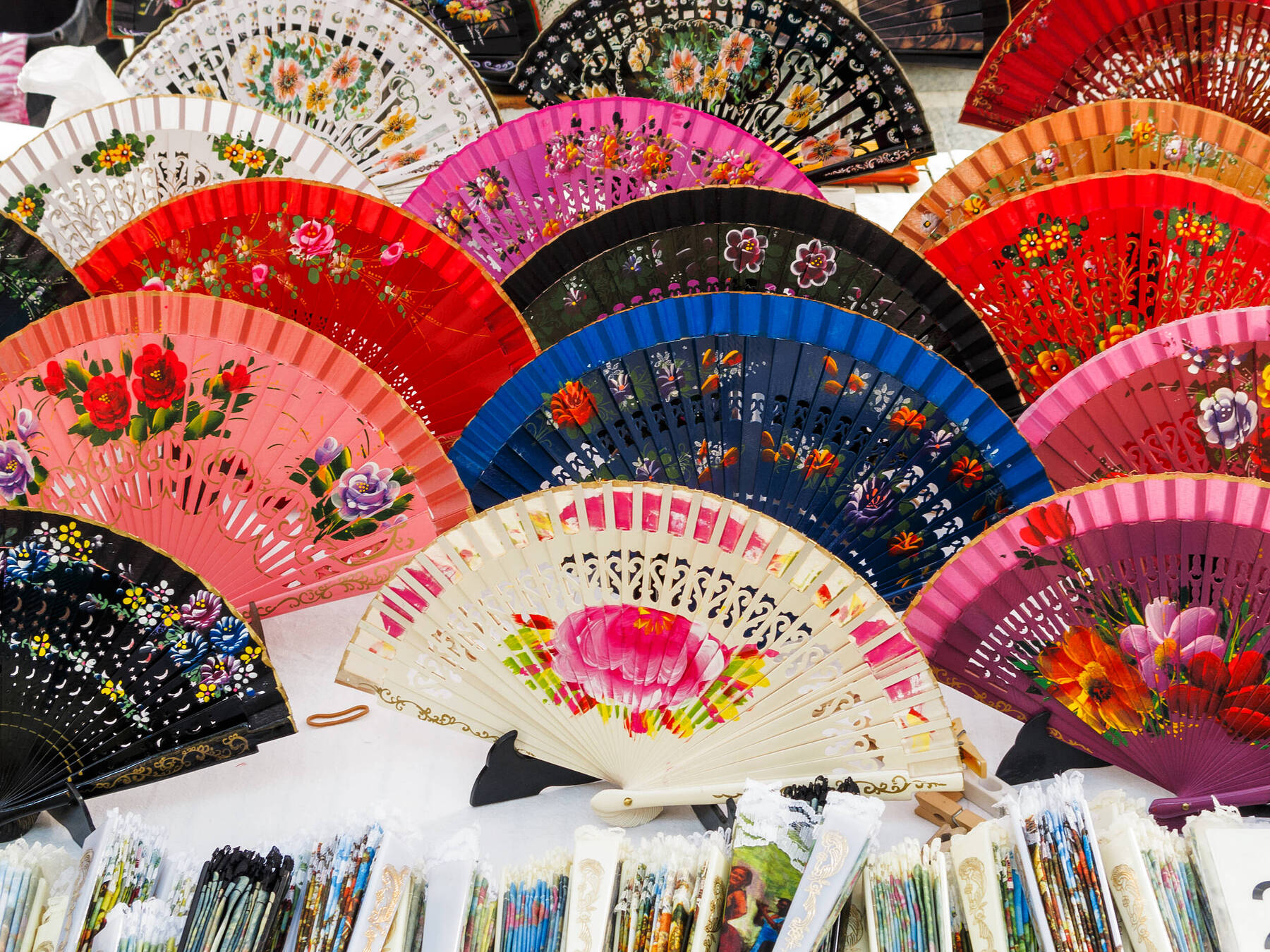


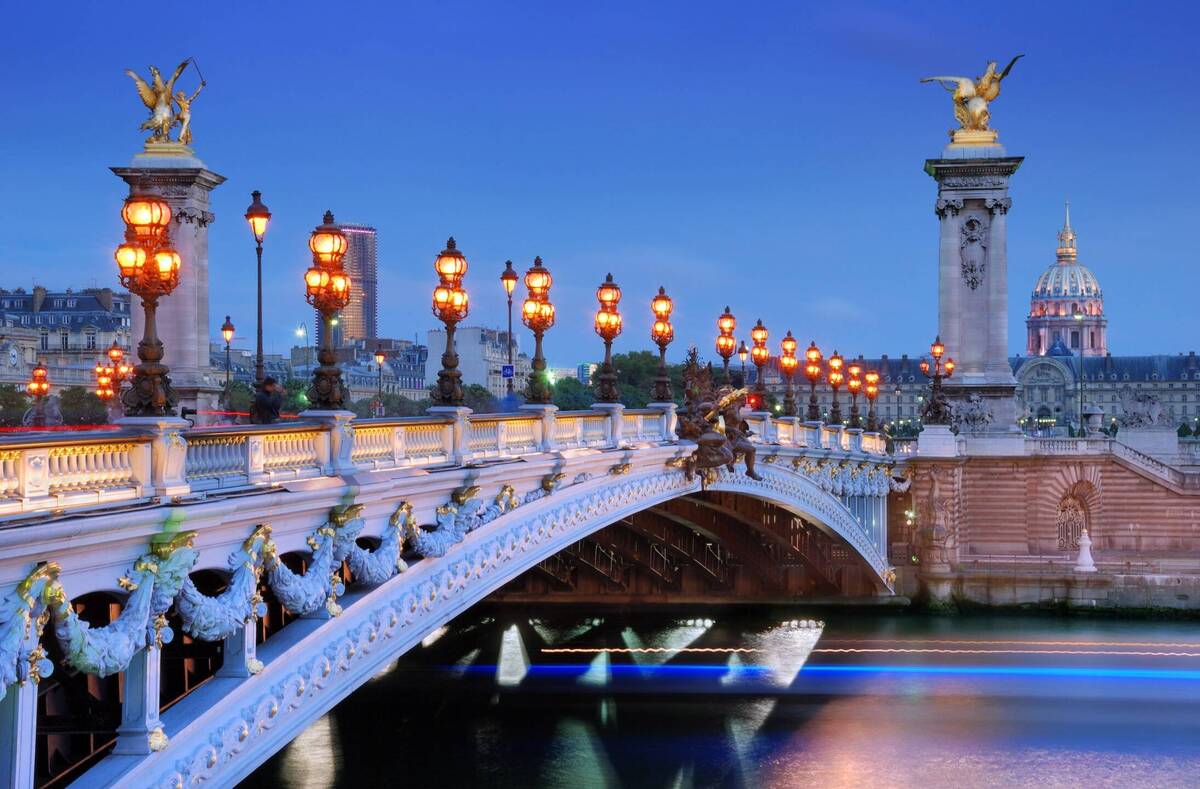













Comments